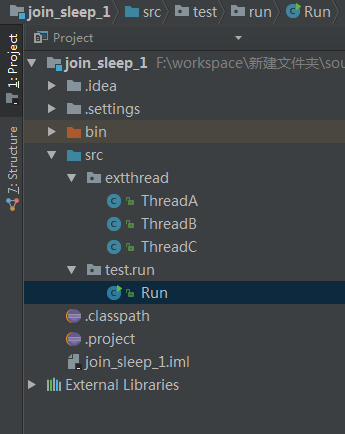
The specifics of this are browser-dependent: It may also be waived if a page is playing sound To reduce the load (and associated battery usage) from background tabs, browsers will enforceĪ minimum timeout delay in inactive tabs. log ( "this is the first message" ) }, 5000 ) setTimeout ( ( ) => Timeouts in inactive tabs param1, …, paramN OptionalĪdditional arguments which are passed through to the function specified byĬonsole. Note that in either case, the actual delay may be longer than intended see Reasons for delays longer than specified below.Īlso note that if the value isn't a number, implicit type coercion is silently done on the value to convert it to a number - which can lead to unexpected and surprising results see Non-number delay values are silently coerced into numbers for an example. Is used, meaning execute "immediately", or more accurately, the next event cycle. If this parameter is omitted, a value of 0
Nodejs sleep code#
The specified function or code is executed. The time, in milliseconds that the timer should wait before Recommended for the same reasons that make using Which is compiled and executed when the timer expires. codeĪn alternative syntax that allows you to include a string instead of a function, The value returned by the promise is considered as a return value from the await() expression.A function to be executed after the timer expires. Under the async function, we have used the keyword await() to suspend the second console.log() function until the promise has been resolved this takes an average of 4 seconds. We will name this function sleep() however, that does not stop you from naming it to any other name that you may find appropriate. However, using an asynchronous promise-based function, we can use the keyword await() to pause the execution of a piece of code until that promise is fulfilled first. Unlike other programming languages such as C that provide a sleep function, which allows us to sleep a given thread while waiting for another to execute, JavaScript doesn’t have this function. Use the await() Keyword to Pause Execution of Codes in Node.js Here is a simple example of using the setTimeout() function to execute functions at a different time interval specified as milliseconds.įunction repeatedly executed after every 2 seconds! This function returns an integer known as the timeout ID that can reference the object created by the setTimeout() function. Some code that will run after the set time is over any other arguments specified in the function to be executed.The number in milliseconds that the timer will wait before executing the specified function.The function to be executed after the set time interval.The setTimeout() function accepts many parameters, two of which are compulsory while the rest are optional. The setTimeout() method is an asynchronous method that allows us to execute a function once after given time intervals.



 0 kommentar(er)
0 kommentar(er)
